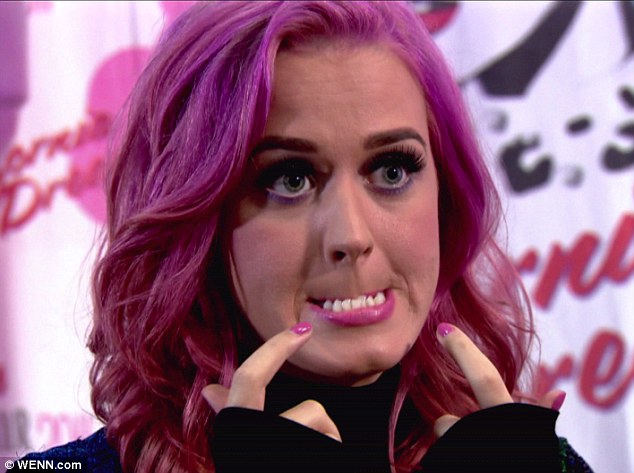Have you ever known someone that has naturally straight teeth? Most people have at least one or two teeth that are out of optimum alignment, and many of us have lost of crooked or crowded teeth. There are plenty of reasons why our teeth are crooked, some of which are even preventable. For those causes that aren’t preventable, there are a few ways to treat crooked teeth, so that our mouths have the most optimal alignment and therefore operate in the most efficient manner.
What Causes Crooked Teeth?
Crooked teeth stem from a number of different sources. These may be genetic, or they may be a result of the way that we live or care for our teeth. Here are some of the most common underlying causes for crooked teeth:
1. Sucking your thumb. Because this habit is most often practiced by young children, it’s no wonder that it takes a serious toll on the teeth as they grow in. Sucking on your thumb for hours a day can pull your teeth forward and out of alignment and may be one of the leading causes of “buck teeth.”
2. Repeatedly pressing the tongue against the teeth or not using it properly during talking or eating. The tongue is a powerful muscle—one of the most active and strongest in the body—and it can press and move teeth, especially in the early years, as they are just growing in. This can push your teeth out of alignment before they ever get a chance to grow in properly. If the tongue pushes unduly against the teeth or the individual has a hard time forming letters properly or trusts the tongues against the teeth to help with swallowing, these behaviors can affect teeth’s crookedness.
3. Losing baby teeth early. Most baby teeth fall out just before the adult tooth is ready to grow in. This allows the adult tooth to grow into the right spot and usually in the right position. However, many people will lose their baby teeth far before the adult teeth are completely ready to grow in. This means that the adult teeth may drift in the gums and end up not growing properly into their spot.
4. Extra adult teeth. While most people top out at thirty-two teeth, some people are born with or develop extra teeth. Aside from wisdom teeth, which may grow in at the back of the jaw during the adolescent years, there may be a few too many teeth trying to grow into the jaw. The result is crowded, crooked teeth, as they all trying to find their place.
5. Not enough teeth. By that same function of genetics, some people may be born with not enough teeth. This will leave gaps in the jaw, which can cause other teeth to be pushed out of alignment (because there is room to roam).
6. Extra large teeth. Even if jaw continues to grow after adult teeth all come in, it may be too late for the adult teeth to grow in straight. If heredity has dictated large teeth, there may just never been enough room for all of those big teeth in the jaw.
7. Small jaw. As with having large teeth, having a small jaw may just be inherent in your genes, as is having a narrow bite or a large one. If you have a small jaw, even normal-sized adult teeth may have difficulty growing into the proper alignment.
Are Crooked Teeth Bad for You?
Having crooked teeth may seem primarily like a cosmetic problem, but in reality, whether they are caused by genetics or by our own actions, teeth that are not properly aligned can cause a myriad of problems. For example, the jaw is designed to have teeth that, when the jaw is closed, align against each other fairly well. This aids chewing, keeps teeth healthy, and encourages proper dental health.
However, if you have some teeth that are out of alignment, they can cause problems, especially in your jaw joint and in your mouth’s overall health. Because crowded teeth can catch and hide particles of food, they are more likely to get cavities and eventually, decay and cause further problems with the gums. They can even make it difficult to chew food properly or cause you to break a tooth.
How to Prevent Crooked Teeth
While the factors that have the most effect on whether or not teeth are crooked fall into the genetic category, there are some measures that can be taken to prevent some crooked teeth. For example, if you have a child that is losing their baby teeth and growing in adult teeth, making sure that they are not sucking their thumbs can help to prevent some misalignments.
In that same vein, ensuring that talking and chewing are progressing properly can help to prevent the exacerbation of genetic crookedness. As early as is possible, have an x-ray of the teeth and see if the dentist or orthodontist can provide any predictions about problem areas that should be watched.
How to Treat Crooked Teeth
The most common treatment for crooked teeth is, undoubtedly, braces. They are a tried and true method, and by far the most popular and effective for the widest range of people. Because braces can be customized to help even those with severe misalignments, they are still the most popular choice.
Another treatment for crooked teeth is called “Invisalign.” This is a series of plastic retainers or trays, which gradually move the teeth to the proper alignment. While they are not ideal for serious problems, that can help to adjust some crooked teeth.
For those that are missing teeth or have large gaps between teeth that are caused by muscles or excess gum tissue, an implant or a surgery to remove extra tissue may be helpful.




